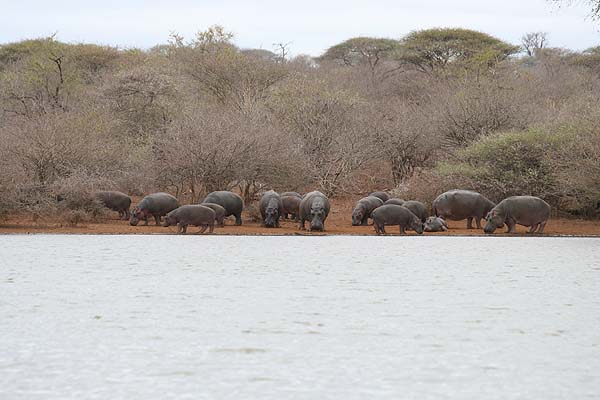 '
'Information Page.
Red in tooth and claw!
20 October 2008
Everything has to eat. These days our meat usually comes from the supermarket, wrapped in clingfilm. We tend to forget that, at some point, our piece of fillet steak belonged to an animal that had to be killed and (to be blunt) hacked to pieces. On the bushveldt of South Africa you couldn't avoid seeing the reality of life and death, nature really was 'red in tooth and claw' and I've selected a few pictures from our visit to show what I mean.
Of course we all know that lions can't eat grass (or even dog biscuits), they have to catch large mammals, kill and 'butcher' them. On a couple of occasions we saw prides of these wonderful big cats with their kills. In both cases the prey was an adult giraffe - quite a handful (or pawful) even for massive predators like these. The lions were generally resting after there exertions with the males well away from the females (presumably for 'a bit of peace').
Leopards are much smaller than lions and are subject to being mugged by them or by hyenas. When they make a kill they tend to drag it up a tree for safekeeping and this is the easiest place to find them. Even less obvious are the activities of crocodiles which tend to simply lie about 'doing nothing' for days on end, we found one which had just managed to capture an impala. It was an even bigger stroke of luck to see a bateleur eagle devouring a bird only a couple of metres away from us.
After viewing the game we drove along the south coast of the country where we saw large numbers of whales, sea lions and penguins. Of course all three of these are predators feeding on fish, squid or crustaceans but it's a lot more difficult to see them in action.
If you have any comments or questions about fish, methods, tactics or 'what have you.'get in touch with me by sending an E-MAIL to - docladle@hotmail.com
Hippos.
 '
'Nile crocodile.
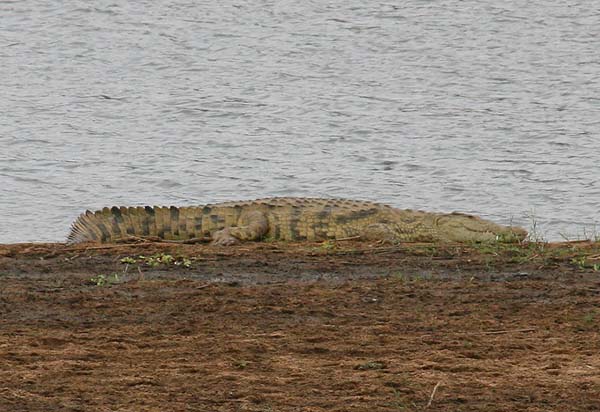 '
'Crocodile food.
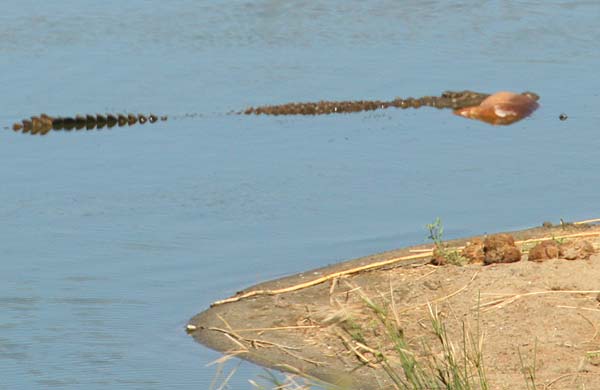 '
'Lion food.
 '
'Leopard food.
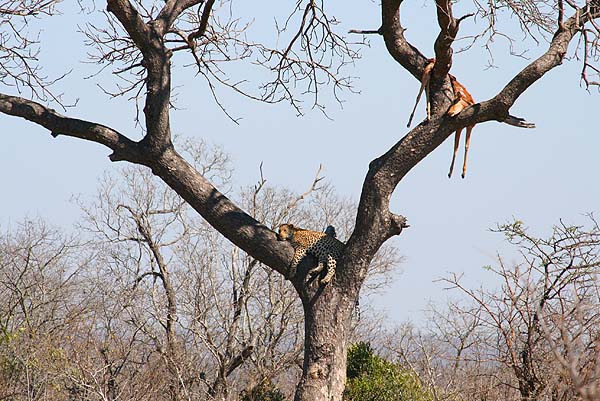 '
'Eagle food.
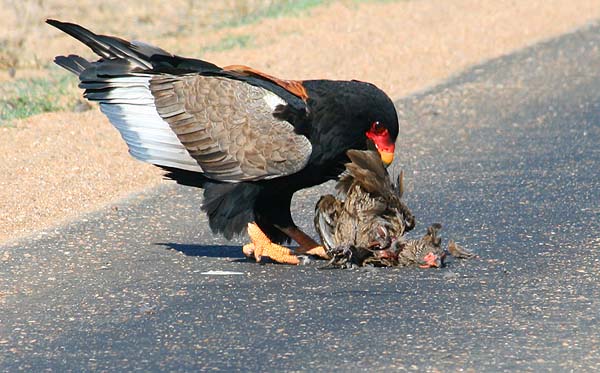 '
'Southern right whale.
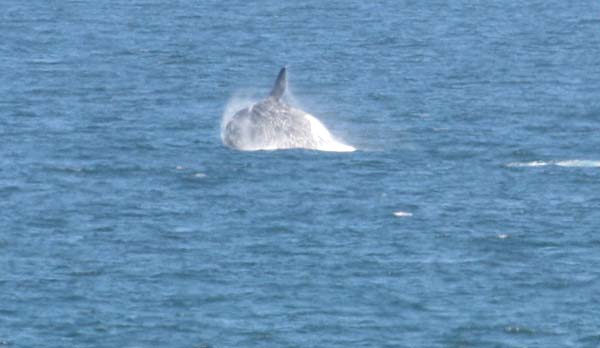 '
'Another southern right whale.
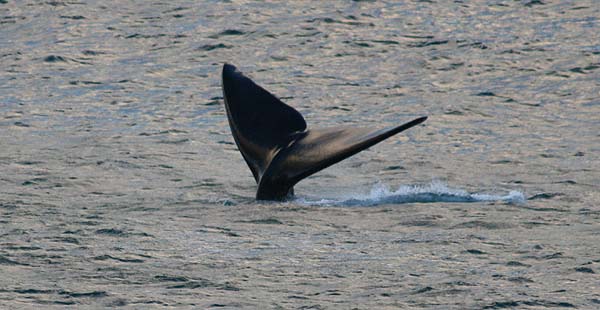 '
'Cape fur seals.
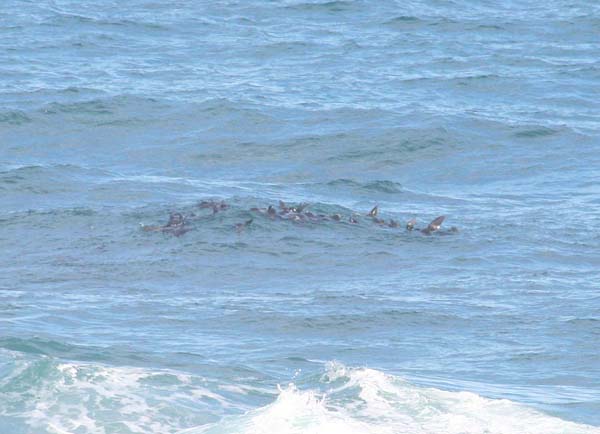 '
'African (jackass) penguins.
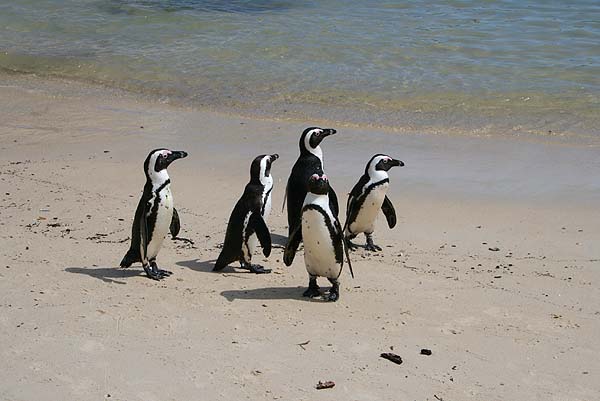 '
'